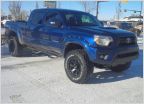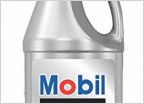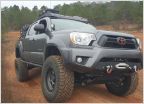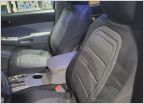-
Welcome to Tacoma World!
You are currently viewing as a guest! To get full-access, you need to register for a FREE account.
As a registered member, you’ll be able to:- Participate in all Tacoma discussion topics
- Communicate privately with other Tacoma owners from around the world
- Post your own photos in our Members Gallery
- Access all special features of the site
TSB 0250-12. Anyone had it done with good result?
Discussion in '2nd Gen. Tacomas (2005-2015)' started by amati5, Apr 14, 2015.


 Got my '14 DCLB Blue Ribbon Truck and loving it!
Got my '14 DCLB Blue Ribbon Truck and loving it! 2013 tacoma v6 manual transmission gear oil.
2013 tacoma v6 manual transmission gear oil. 2nd Gen Tail Lights
2nd Gen Tail Lights To regear or not to...oh who are we kidding, we are regearing!!!
To regear or not to...oh who are we kidding, we are regearing!!! Seat covers
Seat covers








































































